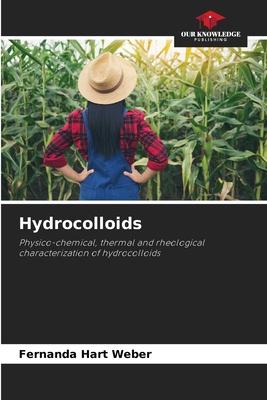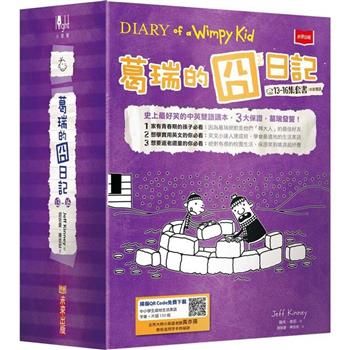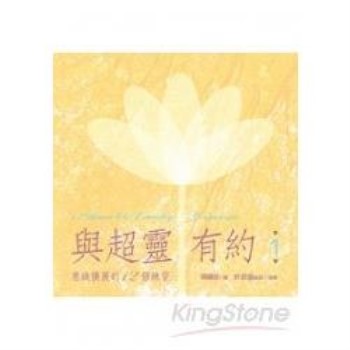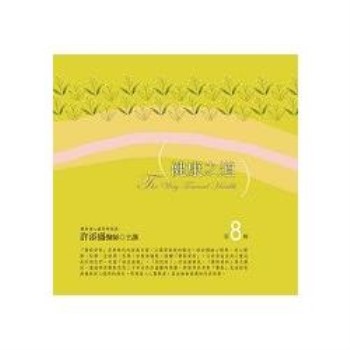Starch is one of the most widely used hydrocolloids in the food industry due to its abundance and low cost. It is used as an ingredient in various foods, as a thickening agent, gelling agent, stabilizer and fat substitute. The food industry has been making use of non-starch hydrocolloids, which improve the rheological and textural properties of foods, increase moisture retention and maintain the technological quality of products during storage (Funami et al., 2005). Several studies have been carried out to clarify the effect of hydrocolloids on the rheology and texture changes of starch-based foods. Most studies have been conducted to understand the effect of hydrocolloids on the processes of starch gelatinization and retrogradation (Yoshimura et al., 1996; Gudmundsson et al., 1991; Funami et al., 2005), increased water absorption capacity and greater stability in freezing and thawing cycles (Lee et al., 2002). The starch granule is a semi-crystalline particle composed of the polysaccharides amylose and amylopectin.












